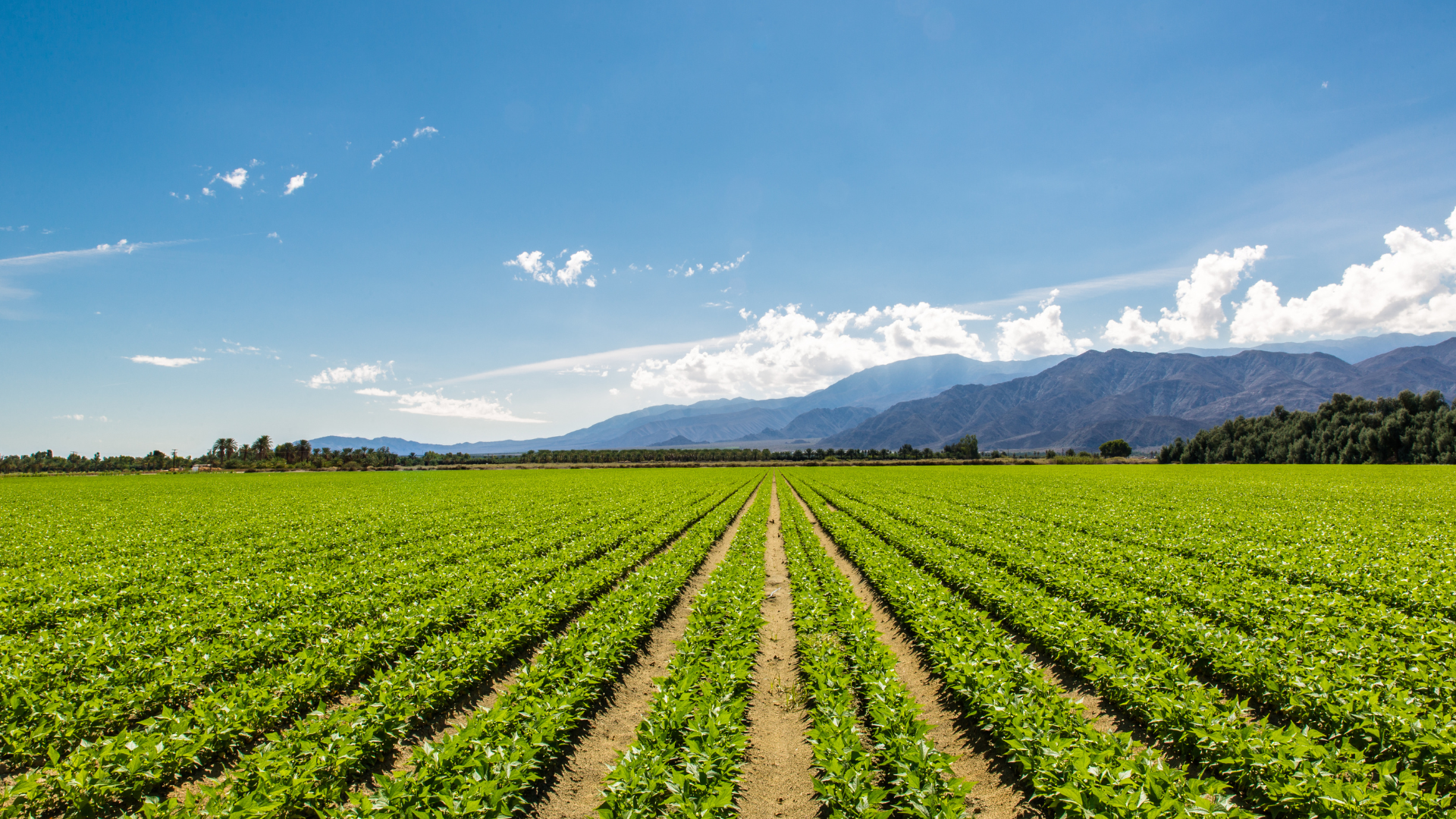Cows are social animals
Like most social animals, cows rely on communication to establish group units. A typical herd has a distinct hierarchy, unique call, and group identity, making communication key to the fabric of cow society.
Because cows are social animals, it’s essential to allow them to be with other cows. This is when they’re happiest, and it has a drastic impact on the quality of milk they produce.
When herds become too large, cows may not have a chance to grow familiarity with one another and their vocalizations become less distinct. The complexity of a cow’s communication relies on its ability to become accustomed to small to medium-sized herds.
What are cows telling each other?
A herd can produce hundreds of moos per day, and of these sounds, we have yet to decipher the majority of them. But there are some things that researchers were able to recognize after extensive research and experiments.
Cows communicate with their calves. When a cow is separated for their calf, they moo at a higher frequency than they would if their calf was close to them. Calves may register these higher pitched moos as a signal that they’re too far from their mother.
It’s also highly likely that cows can recognize each other through vocalizations. These calls are especially apparent in small-scale farming when cows have the chance to grow some familiarity with one another.
Much of this communication is done without the need to vocalize a moo. Just like us, cows also use their body language to let others know when they’re uncomfortable, excited, or happy. If you want to know what a cow is feeling, watch its ears, head movement, posture, and most importantly, its tail.
What is your cow telling you?
The fact that cows communicate with each other may not surprise you. Anyone who walks up to a herd can get the feeling that their cows have an inside joke they haven’t caught on to.
Researches have studied hundreds of variations in the different sounds cows make and found that cows respond to humans differently. A cow’s moo can tell you when it’s suspicious of strangers and when it’s excited to see someone.
Loud calls are easily recognizable as sounds of distress and may indicate your cow needs help. You might hear a cow make a distress sound when it’s caught in wire or fencing, when they’re scared, or if something is causing them pain.
Many ranchers find that they can intuitively understand how their cows feel as they come to know them. Although we can’t be too sure about what cows are trying to tell us, there is a lot we could still understand.
Listen to your cow
A distress noise might also be your cow trying to tell you there’s an issue with their hooves— a problem that can easily go unnoticed. Keep your cow’s hooves structurally sound and free from potentially harmful problems with our complete cow hoof trimming set.




